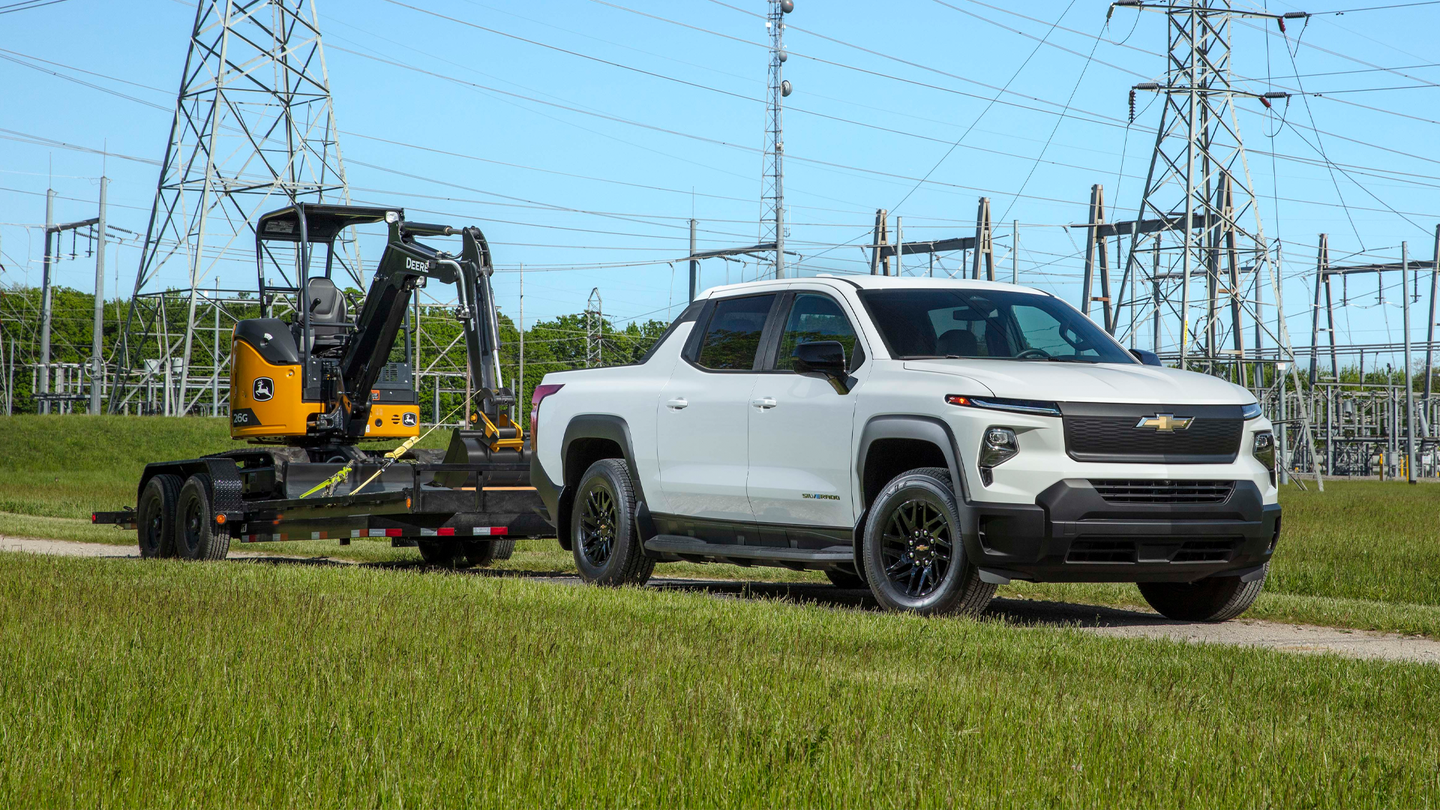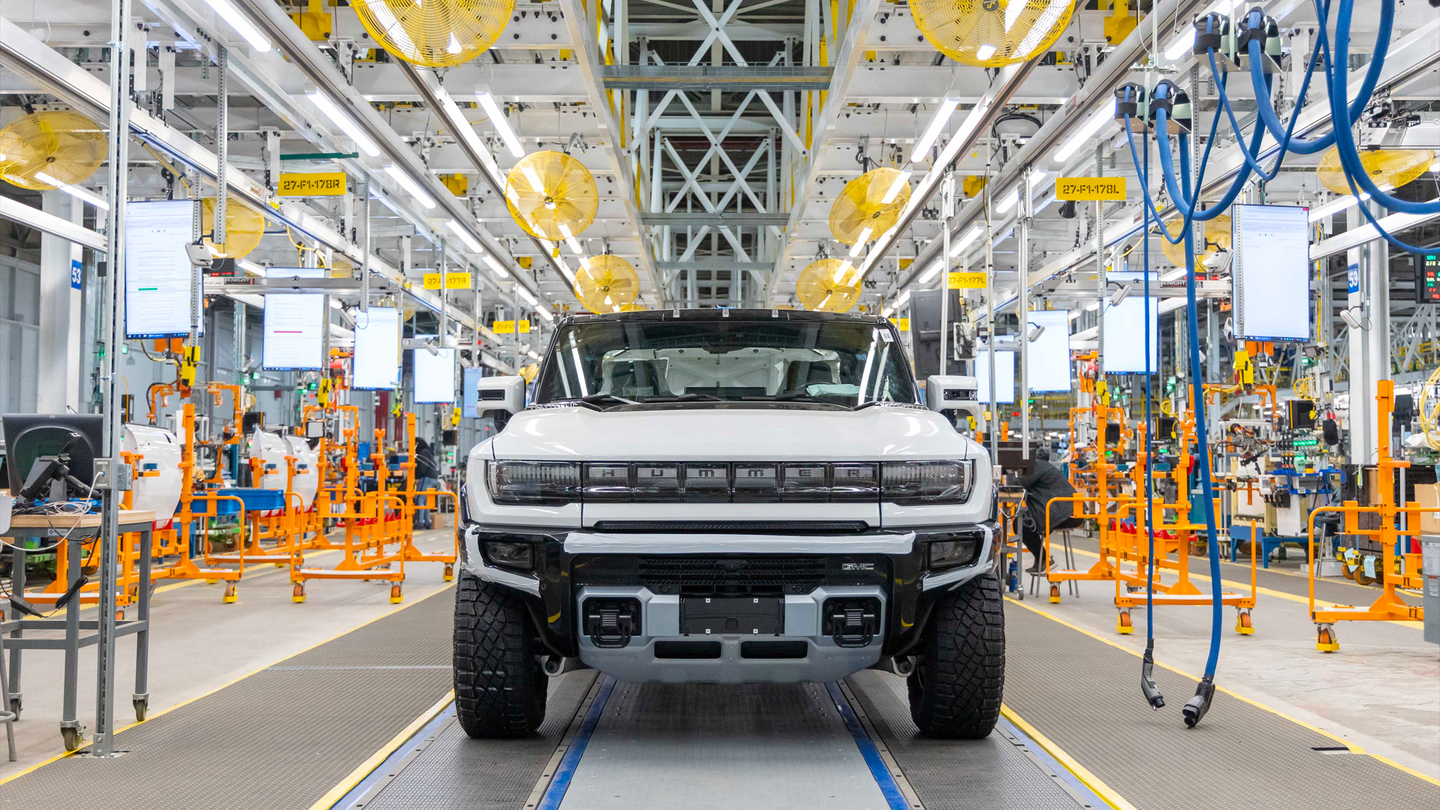GM has embarked on the production of Silverado EVs but only managed to deliver 18 units in the third quarter of this year. Originally, the plan was to expand production to the Orion Assembly plant by 2024, where the Bolt EV is currently made. However, this expansion has now been delayed to late 2025. The decision was attributed to shifting consumer demand for electric vehicles rather than supply chain issues or the ongoing United Auto Workers strike.
The automaker pointed to “evolving EV demand” and vehicle engineering enhancements as reasons for the postponement. As per a statement given to the Detroit Free Press, a GM spokesperson mentioned that the trajectory of EVs is stabilizing, with demand not rising as initially predicted. This poses a challenge for GM’s goal of making its entire lineup electric by 2035, a goal shared by many other auto manufacturers.

There are multiple angles to consider in this scenario, but arguments related to component supply shortages are losing credibility. GM is actively manufacturing more GMC Hummer EVs, Cadillac Lyriqs, and various other electric models. Despite facing challenges in battery cell production in Ohio, the company remains committed. The underlying issue seems to be an overestimation of the market demand for electric vehicles.
It’s worth noting that Factory Zero has the capacity to produce up to one million cars annually, according to GM’s assertions. Furthermore, the company projects the ability to profitably sell one million EVs by 2025.
Factory Zero’s production isn’t solely focused on the Silverado EV. The facility is also responsible for assembling the Hummer EV pickup, Hummer EV SUV, and the Cruise Origin autonomous shuttle. Challenges persist with Cruise’s autonomous taxis based on the Bolt, and the timeline for the autonomous shuttles’ deployment remains uncertain. The Hummer EV faced production setbacks initially, with several early vehicles requiring full battery pack replacements. Although production has increased significantly in Q3, it’s still a far cry from mass production levels.

General Motors
Overall, most vehicles on GM’s Ultium platform, excluding the Cadillac Celestiq, were rushed into production to meet anticipated high demand for EVs. The early rollout of the Lyriq exemplifies this rush and resulted in numerous quality issues in the initial batch delivered to customers, as reported by the Detroit Free Press. These challenges, combined with lower-than-predicted demand, led to underwhelming Q3 sales figures of 18 Silverado EVs and 19 Blazer EVs. GM’s production capability may be high, but the market reality is more complex.
The industry-wide transition to NACS standards could have negatively impacted EV demand and contributed to the delays. It’s possible that consumers are holding out for EVs compatible with Tesla’s Supercharger network. Currently, most automakers are focusing on vehicles with CCS ports, which may not align with consumer preferences.
The age of early EV adopters is over, and mainstream car buyers are now the target market. These buyers often associate EVs with drawbacks like inadequate charging infrastructure, poor cold weather performance, and high costs. While range remains a concern, it’s primarily due to the lack of reliable charging facilities. Improved infrastructure could alleviate concerns about EV range limitations.
GM leads the electric vehicle push among US automakers in terms of the sheer number of models planned for production. However, if GM struggles to sell electric pickups, it’s doubtful that other models, including popular SUVs and crossovers, will perform better. The enduring demand for affordable gas-powered cars, as seen with the new Chevy Trax, serves as a wake-up call for the industry.
Have a tip to share? Email us at tips@thedrive.com
